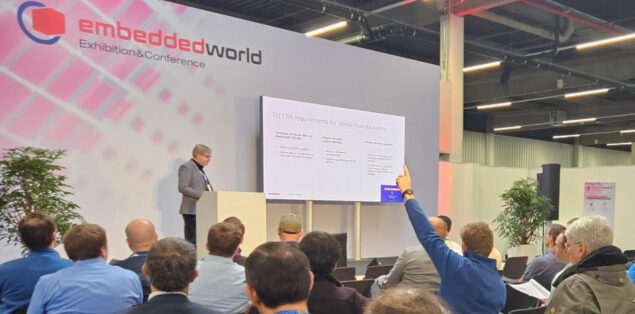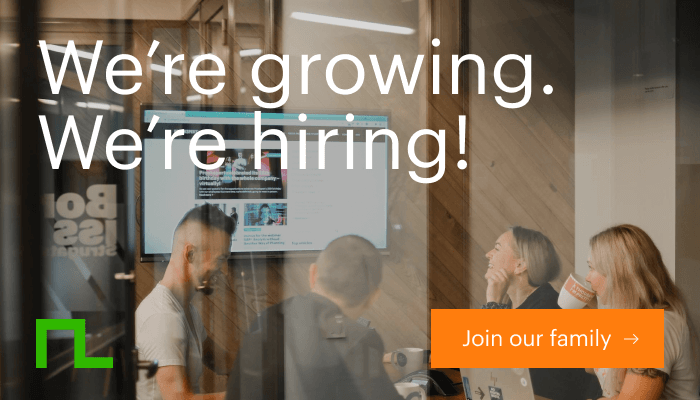Idea validation done right means product with fans, not just users
A surprising number of businesses are just one small change away from greatness.
Kaja Kruus, UX designer
Vaiko Hansson, Mindset Coach
You’re head of innovation at your company. You’re proud of the awesome things your teams do. Your projects aren’t only innovative, but they produce a dazzling ROI. But not all of your projects. Sometimes you get mediocre results. Sometimes there’s a core element missing from the way you do product development.
It starts with a gap
Josh Lovejoy from Google Design: “If you aren’t aligned with a human need, you’re just going to build a very powerful system to address a very small — or perhaps nonexistent — problem.”

But it seems that it hasn’t always been like this at Google. Google started as a tech company, and in 2013 they launched Google Glass. Remember those weird-looking glasses that looked like they came from a Sci-Fi film — a bad Sci-Fi film?
The product was very innovative, seemed like the next big thing, but it wasn’t solving any human-centric problems. On the contrary – it raised new problems like security and privacy. What was the gap they were filling?
This happens when you are solely focused on the technical solution, but have forgotten the human need. Google is a company that can afford that kind of publicity and hard lessons. But can you?
Get to know your product’s users like they were your best friend
First, think about your best friend for a moment. Try to answer the following questions before reading further: what kind of life does she live? What excites her? What worries her? What are her ambitions and deepest worries? Who is she as a person? And now think about your product’s user. How well can you answer these same questions about her? In other words, do you really know her?
How do you build successful products and services?
How do you build products and services that are successful and valued by users? It’s done by knowing about people, really knowing about them.
“Consumers are statistics. Customers are people.”
Stanley Marcus, Former Chairman of the Board of Neiman Marcus

Ok, but how?
The most common and successful way is to interact with people in the field; but you need to get out there, it’s not happening in your comfy office space or behind the computer.
There are many companies that talk to their users. They ask how they like the product or service, what’s missing and what’s overwhelming. They even ask their users for ideas. This is fine, but you are not getting to the core. You’re missing out on the real need, and this is where the opportunity is to be found.
Forget about the product when talking to your users. Concentrate on human beings and get to know them. Develop a deeper understanding of their context, their everyday life. Then you won’t miss out on valuable information.

How to get to this level of understanding?
There are a couple of things that can radically change the result you get from your user interviews.
1. Validate the problem that your product will solve, not the product idea itself.
- We had a case where a group of top professionals with deep domain knowledge had a product idea. They relied on market trends and research and also interviewed people. But they were validating their idea, not the problem. The result was that after the product launch, nobody wanted to use it. The product solved no actual problem. Usually, people are polite, and during the interview, they probably won’t tell you that they’ll never use your service because they don’t need it. They’ll tell you, “Yeah, it sounds interesting. It is something I might use,” but they’re thinking about how to politely finish the interview and hit the nearest Starbucks. Your idea is actually just another hypothesis. Write them all down and act as a detective trying to get the most objective information out of people without giving clues to what you’re actually talking about.
TIP: Try to forget about your product yourself as much as possible. Talk about them, their lives. Really try to understand them.
2. When you get new and very valuable information, act on it. Even if it proves you’ve been wrong before. Don’t hide your head in the sand.
- Here’s a story from the early product development phase. From the first round of interviews, we learned that the users will not use the service if the installation process is difficult and takes time. Still, we pushed the test version out (because we’d set the deadline beforehand), but the alpha users were frustrated and we lost them.
- People tend to fall in love in their ideas, so when contradicting information comes from interviews it’s easy to ignore.
TIP: Don’t do that! You’ll end up with a much better product in the end and the satisfaction and love you feel towards your product will be many times greater.
3. Validate the priority of the problem.
- There’s another angle that needs to be remembered: priority. Once we designed a solution to a problem we had successfully validated. It existed and generated extra expenses for our client. But getting a sale dragged on and on. We figured that there must be something that we had missed, so we dug deeper with additional interviews. We discovered that even though the problem was real, it wasn’t the top problem in the list. There were many other problems that kept the client up at night. So we went back to the beginning with problem discovery.

- You can validate that a problem exists, but is it something that can be categorized as “A nice thing to have, but not worth reaching for my wallet!”? Or is it an “Oh my, I totally need this; just take my money!”-type problem?
- You also need to know where in the priority list the problem lies. Imagine there’s a list of activities that a person is focused on and able to cover, if your problem doesn’t fit into that list you’re going to have a hard time making it into a business unless you enjoy being in the friendzone.
- We know the feeling of excitement when you’ve done interviews, you discover the problem and you’re ready to ideate and prototype. And after some time (and investment) you realize that the problem you were solving is not in the priority list! It doesn’t even come close!
TIP: Be as emphatic and realistic as you can about the priority of the problem you are trying to solve.
Awe and ROI from problem discovery in product development
Problem discovery isn’t easy. In fact, it is probably one of the hardest things in product development. But it is also one of the most important ones. Doing it wrong will most likely result in a product nobody wants. Do it right and you may get a chance to be the object of your colleagues’ awe — and enjoy a healthy ROI to boot.
If you feel like discussing it further, feel free to contact us: kaja.kruus@proekspert.ee, vaiko.hansson@proekspert.ee












